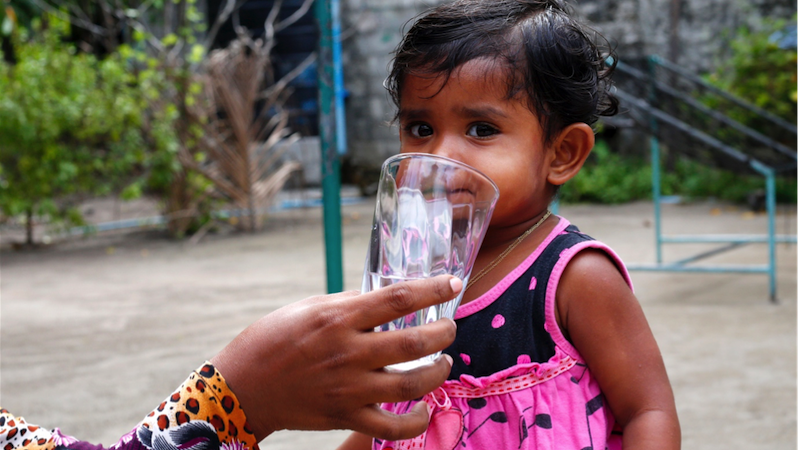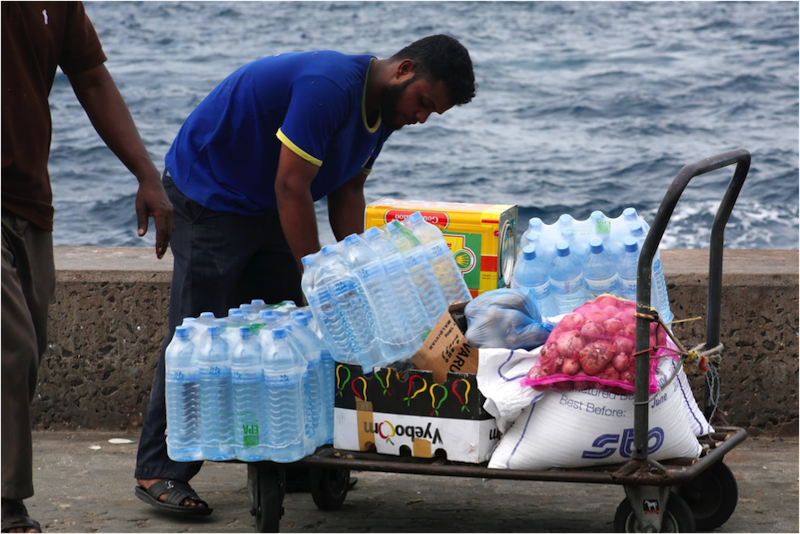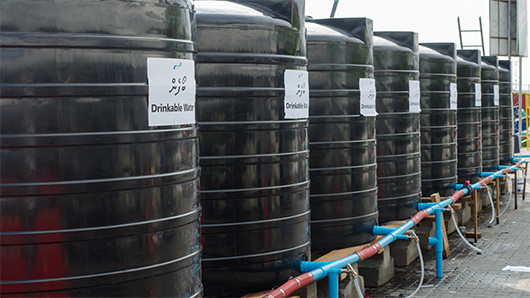

How Maldives inspired to Fight Water Shortages
Sunday 1st of December 2019
How Maldives inspired to Fight Water Shortages
The Maldives being the lowest country in the world, with 1192 islands composed mainly of coral reefs and sand bar, faces scarcity of groundwater and freshwater. The unpredictable rainfall and sea level rise only made the situation worse, increasing the urgency of continuing action on climate adaptation.

Mahibadhoo, Ihavandhoo and Gadhdhoo- the 3 islands where an integrated water resources management programme (IWRM) was established by the Adaptation Fund. Working with the UN Development Programme (UNDP) and the Ministry of Environment and Energy in the Maldives, they provided $8.9 million for the project.

Three main methods were used: the harvesting of rainwater, the implantation of water recharge systems and the desalination of seawater. In 2010, 77% of Maldives relied on rainwater for drinking and so a scheme to redesign and improve the harvesting of this water was rolled out. Artificial recharge methods were discussed to reduce seawater intrusion into the limited number of aquifers and to improve the overall quality and usability of groundwater. Furthermore, a plan to utilize seawater through desalination attempts was proposed and a system to assess the flaws of previous desalination efforts was developed.
Two years after this project, the Green Climate Fund (GCF) signed a deal with the UNDP and the Ministry of Environment and Energy for $23.6 million to scale up the water supply system from the earlier project. According to a 2017 GCF press release, the project plans to expand the scale of previous efforts and promises to deliver safe freshwater to 105,000 inhabitants by 2022 – it will cover water demands for 30% of the entire population of the Maldives.